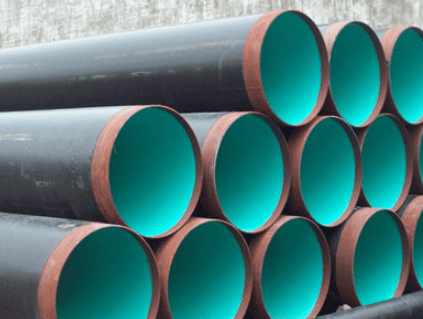Composite materials are made up of two or more distinct constituent materials which have different properties. They are combined to create a new material with enhanced properties and performance characteristics that were not present in the individual materials. The constituent materials are chosen for their specific properties, such as strength, durability, electrical conductivity or heat resistance, and are combined to exploit their strengths and minimise their weaknesses.
Which industries use composite materials?
Composite materials are found in a wide range of applications across many industries, including automotive, aerospace, marine, construction, electronics, sports equipment and more. There are many different types of composites, such as fibre-reinforced, laminate, particle reinforced and sandwich composites. You can read about composite materials and their uses here:
Composite materials are selected for their specific properties, and their advantages include increased strength, reduced weight, improved durability, enhanced thermal or electrical properties, and design flexibility. They do also have limitations, such as complex manufacturing processes, high production costs, and environmental concerns.
What are nickel composites?
Nickel composite materials have nickel as the base material, which is then reinforced with one or more other materials to enhance its properties. These composites exhibit improved mechanical, electrical, thermal, or other specific properties compared to pure nickel, making them suitable for a vast range of applications across many industries. You can find out more about the applications of nickel composites here: https://www.poeton.co.uk/advanced-treatments/apticote-460-nickel-composites/.
A nickel polymer infused surface has excellent non-stick properties. It also offers increased wear resistance, permanent lubricity and corrosion resistance, in addition to significant resistance to many chemicals.
There are several types of nickel composite materials, including nickel-based metal matrix composites, which use one or more reinforcement materials such as aluminium, tungsten or titanium. They have high strength, good wear resistance and excellent thermal stability, making them suitable for automotive, aerospace and electronic uses. Nickel-graphite composites have improved electrical and thermal conductivity and are often used in electrical contacts and electrodes. Nickel-ceramic composites have high temperature resistance, low thermal expansion and excellent corrosion resistance, so they are used in the aerospace, energy and chemical processing industries.





